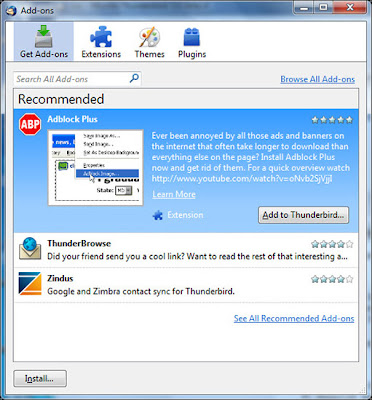





FORT HOOD, Texas – An Army officer opened fire Thursday with two handguns at the Fort Hood military base in an attack that left 12 people dead and 31 wounded. Authorities killed the gunman and apprehended two other soldiers in what appears to be the worst mass shooting at a U.S. military base.
There was no immediate word on a motive. The shooting began around 1:30 p.m., said Lt. Gen. Bob Cone at Fort Hood. He said all the casualties took place at the base's Soldier Readiness Center, where soldiers who are about to be deployed or who are returning undergo medical screening.
"It's a terrible tragedy. It's stunning," Cone said.
A law enforcement official identified the shooting suspect as Army Maj. Malik Nadal Hasan. The official said Hasan, believed to be in his late 30s, was killed after opening fire at the base. The official spoke on condition of anonymity because he was not authorized to discuss the case publicly.
A defense official, also speaking on condition of anonymity, said Hasan was a mental health professional — an Army psychologist or psychiatrist. Officials say it was not clear what Hasan's religion was, but investigators are trying to determine if Hasan was his birth name or if he may have changed his name and converted to Islam at some point.
A graduation ceremony for soldiers who finished college courses while deployed was going on nearby at the time of the shooting, said Sgt. Rebekah Lampam, a Fort Hood spokeswoman.
Greg Schanepp, U.S. Rep. John Carter's regional director in Texas, was representing Carter at the graduation, said John Stone, a spokesman for Carter, whose district includes the Army post.
Schanepp was at the ceremony when a soldier who had been shot in the back came running toward him and alerted him of the shooting, Stone said. The soldier told Schanepp not to go in the direction of the shooter, he said.
The base was locked down after the shootings. The wounded were dispersed among hospitals in central Texas, Cone said. Nine were taken to Scott & White Memorial Hospital in Temple. A hospital spokeswoman says all had been shot and are adults. A Fort Hood spokesman said he could not immediately confirm any identities of the injured.
Lisa Pfund of Random Lake, Wis., says her daughter, 19-year-old Amber Bahr, was shot in the stomach but was in stable condition. "We know nothing, just that she was shot in the belly," Pfund told The Associated Press. She couldn't provide more details and only spoke with emergency personnel.
"I ask that all of you keep these families and these individuals in your prayers today," Texas Gov. Rick Perry said.
The shootings on the Texas military base stirred memories of other recent mass shootings in the United States, including 13 dead at a New York immigrant center in March, 10 killed during a gunman's rampage across Alabama in March and 32 killed in the deadliest mass shooting in modern U.S. history at Virginia Tech in 2007.
Around the country, some bases stepped up security precautions, but no others were locked down.
"The bottom line for us is that we are increasing security at our gates because the threat hasn't yet been defined, and we're reminding our Marines to be vigilant in their areas of responsibility," said Capt. Rob Dolan, public affairs officer for the Marine Corps Air Station in Yuma, Ariz.
In Washington, President Barack Obama called the shooting "a horrific outburst of violence." He said it's a tragedy to lose a soldier overseas and even more horrifying when they come under fire at an Army base on American soil.
"We will make sure that we get answers to every single question about this horrible incident," the commander in chief said. "We are going to stay on this."
Covering 339 square miles, Fort Hood is the largest active duty armored post in the United States. Home to about 52,000 troops as of earlier this year, the sprawling base is located halfway between Austin and Waco.
About a mile from Fort Hood's east gate, Cynthia Thomas, director of Under the Hood Cafe, a coffee house and outreach center, was calling soldiers and friends on the post to make sure they're OK.
"It's chaotic," Thomas said, as a SWAT team just drove by. "The phones are jammed. Everybody is calling family members and friends. Soldiers are running around with M-16s."
Fort Hood officially opened on Sept. 18, 1942, and was named in honor of Gen. John Bell Hood. It has been continuously used for armored training and is charged with maintaining readiness for combat missions.


































